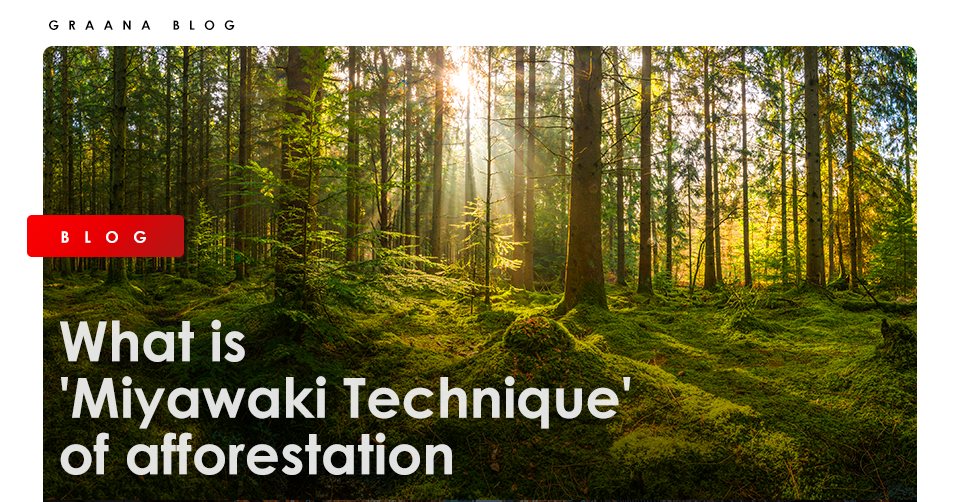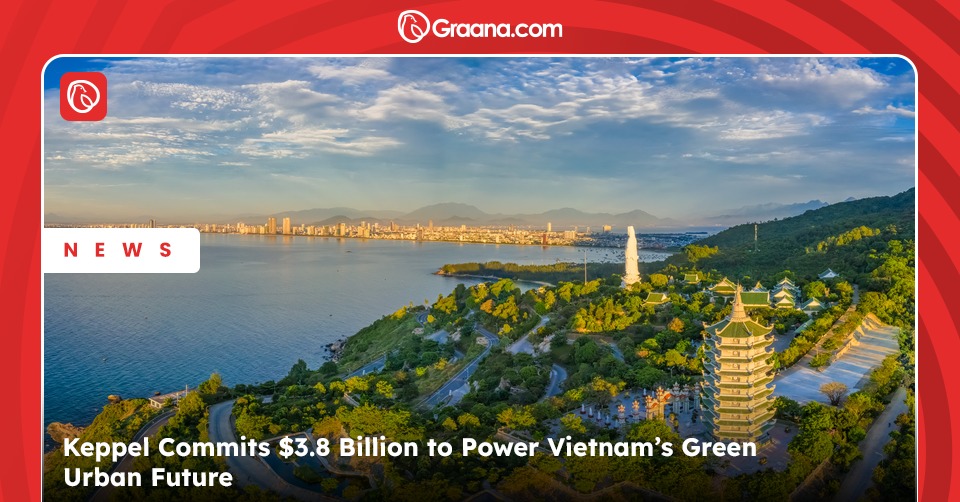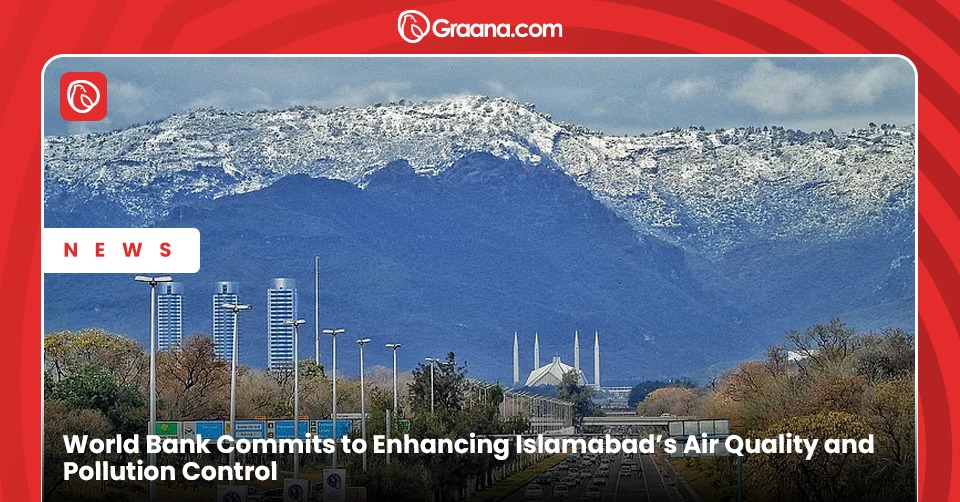Deforestation is endangering the biodiversity of planet earth, the inhabitants of the planet are facing environmental challenges like never before. At a time when the world is progressing at a rapid pace and the race for advancement is underway; the major cities of the world are becoming engines of growth for their cities. However, nature is hanging in balance and the impacts of climate change have started to surface; forests are diminishing, global temperature is rising, people are being displaced from their native lands, and natural water resources are depleting every day. Since ‘real’ progress is not possible without the preservation of our surroundings, it has become a need of time to sync sustainable development for securing the future for coming generations.
Urban forests and cities
In this background, the concept of urban forests is resonating in horticulture domains; the concept is making its way in urban policies for the preservation of the environment, and for enhancing bio-diversity by making cities an intermediary of the phenomenon. The development of urban forests has a lasting impact which is not only necessary for balancing the carbon emissions but also suitable for social and environmental protection. As the urban land is expanding the significance of urban forests is increasing simultaneously.

It is estimated that 5 billion tons of carbon are being emitted into the atmosphere due to deforestation whereas soil erosion and loss of biodiversity are the other factors that are hampering the environment due to deforestation. Deforestation is diminishing the soil water holding capacity which is becoming a major cause of urban flooding. Moreover, the urban floods mix with freshwater resources which damages the water quality. Along with many other facts, it can be established that deforestation initiates a chain of reactions that not only hampers the environment but also creates a problem for the economy and also have social implications.
Since the deteriorating impacts of climate change are emerging at a rapid pace therefore the countermeasures must be embedded to the pace of climate change. Against this backdrop, the ‘Miyawaki Technique’ of afforestation at the urban level can prove beneficial for downsizing the impacts of climate change.
What is ‘Miyawaki Technique?’
Miyawaki method of afforestation is a technique invented by Japanese botanist Akira Miyawaki for the rapid growth of forests as compared to the growth of normal forests. This technique is replicating old methods of afforestation since the growth of saplings is 10 times faster and 30 times denser than the forests developed through usual methods. Moreover, the technique is useful in those spaces where the vast area of land is not available rather vegetation has to be done on a small portion of the land. Due to the time efficiency, and the number of trees that can be grown in a small piece of land, the’Miyawaki technique’ is a suitable method of afforestation in urban areas.

The Miyawaki method encompasses certain stages and requires thorough monitoring to achieve the vegetation. It is a four-stage process that has to be initiated from the testing of soil to the final stage of mulching.
Selection of saplings
The first step in the Miyawaki Method of afforestation is a selection of saplings selection varies from area to area. It is recommended by the botanists that only those saplings be planted in the ‘Miyawaki Technique’ which is indigenous species.

The plantation of indigenous species will not only revive the extinct plants but also they are more suitable to the weather variables. One thing that is worth mentioning is that the age of plants should be less than 1year.
Soil testing
The step involves inspecting the soil texture which gives the observation pertaining to the water holding capacity of the soil, amount of the biomass, and root perforation. It is preferred that a loamy soil be identified for the Miyawaki method since it provides the right amount of oxygen, water, and other organic nutrients for rapid growth.
Soil preparation
For planting the saplings land has to be excavated about 1 meter. Once the sapling is placed, perforators in the form of husk are added for increasing the growth rate of roots. Husk can be a rice husk or wheat husk. Similarly, water retainers are also added for keeping the soil moist which is an important component of increasing the growth of the plant. Preferable water retainers are sugarcane stalk and coco peat. The final component which has to be added is fertilizer, fertilizers are also added when the vegetation is done through usual practices however, fertilizers act as a catalyst when mixed with husk and sugarcane stalk.

In the Miyawaki technique, 5 different indigenous major species are to be identified that will cover half of the area, for remaining land supporting saplings will be planted for covering the remaining area. The division of sapling is done on the basis of major and minor species mostly timber, medicinal, herbal, and fruiting species.
Placement of plants
For the rapid growth of the Miyawaki forests, the placement of saplings should be done such that 3 saplings are planted in each square meter and they should be placed randomly. A gap of 60cm has to be kept between the saplings. Similarly, it should be kept in mind that the same species are not planted together.
Covering the soil with mulch
Once the soil has been prepared and saplings planted, the final step is about covering the area of the Miyawaki forest with mulch. Mulch is a substance containing decomposed leaves, compost, and bark of the trees for retaining the moisture in the soil. The protective layer is used to slow down the process of evaporation and to increase the duration of moisture in the soil.

Once these steps are followed, the forest developed in the urban centers with the ‘Miyawaki Technique’ will start giving results. It is estimated that each year a plant grows by 1 meter which has been planted using the Miyawaki technique. The mulch should be water so that it settles down.
For more news and blogs, visit Graana.com.




